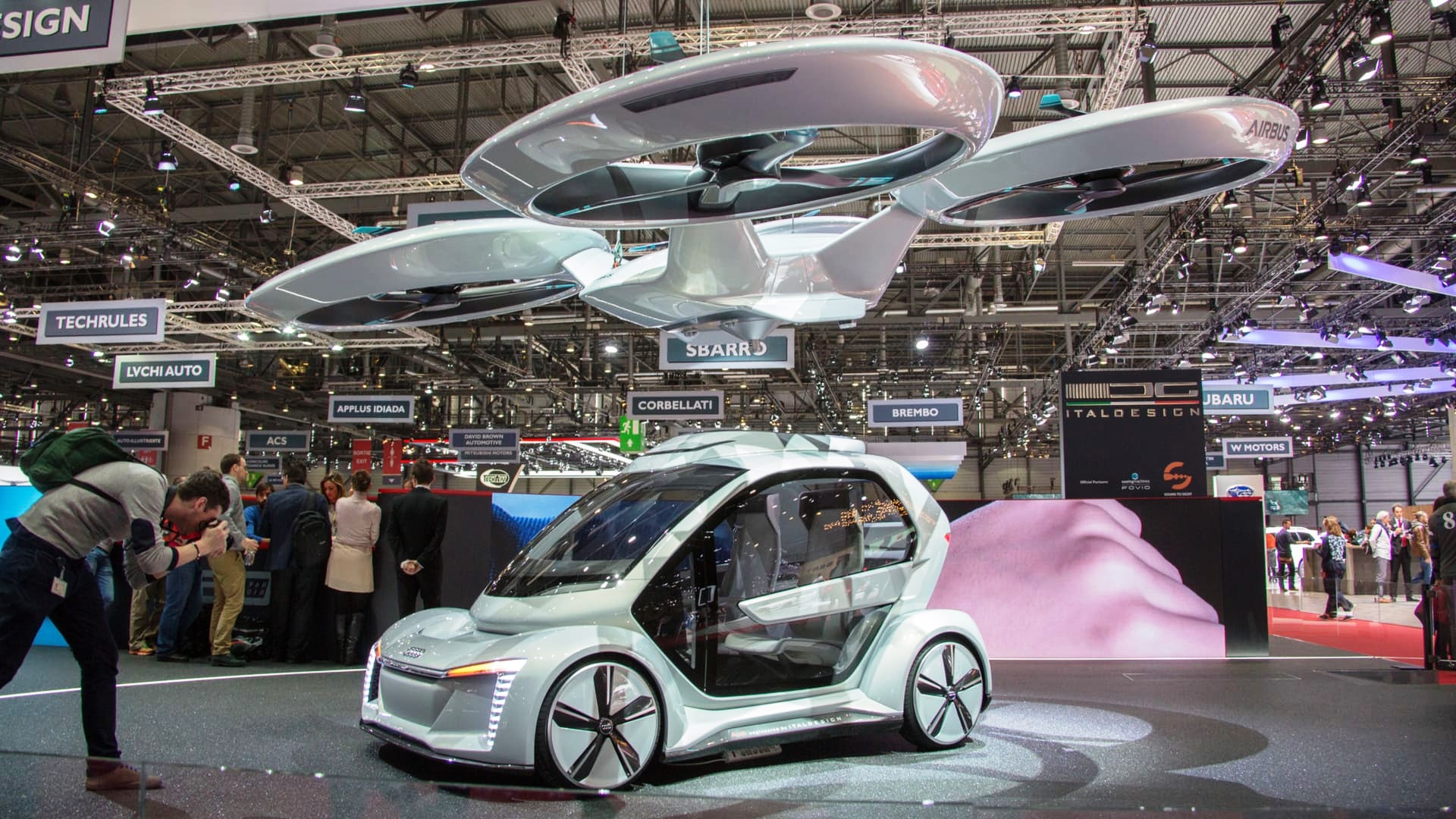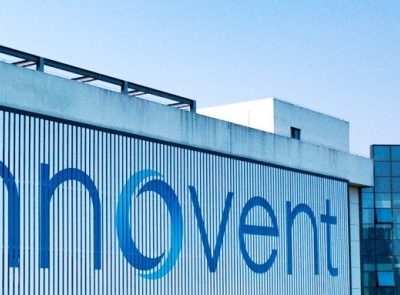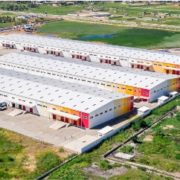As connected cars and automated driving speed toward widespread commercialization and market acceptance, they hold great promise to improve road safety, reduce congestion and emissions, and improve our lives in a wide variety of ways.
But how can the expanding range of key public and private-sector stakeholders align to ensure the potential is actually realized, across borders – and in a safe and secure way?
Top automotive and technology experts discussed and debated this and a range of other critical issues regarding connected cars yesterday at the annual Symposium on the Future Networked Car (FNC-2018) in Geneva, Switzerland.
Convened by ITU and the United Nations Economic Commission for Europe (UNECE) on the first public day of the Geneva International Motor Show, FNC-2018 brought together representatives of vehicle manufacturers, the automotive and information and communications technology (ICT) industries, governments and their regulators.
During technical presentations and panel discussions, many experts underscored the tremendous opportunities and challenges facing both the automotive and ICT industries as auto-tech convergence shifts into high gear.
Curtis Hay, a technical fellow with General Motors started his presentation on Autonomous Vehicle Localization by Leveraging Cellular Connectivity by paraphrasing a GM executive who recently said: “We don’t run a car company, we run a tech company.”
RELATED: Future Networked Car 2018: What car will you drive tomorrow?
Several other experts echoed that point in their remarks, with many noting the inherent tensions as very different industries – and business models – merge.
For instance, the shorter ICT product development lifecycles need to be reconciled with the longer automotive product development lifecycles as players from both industries begin to work together more frequently.
The launch of 5G will support the acceleration of connected-car solutions and intelligent transport systems, but can the auto industry move as fast as the ICT industry?
Johannes Springer, Program Lead of the 5G automotive program at T-systems, Deutsche Telekom Group, told the audience that the rollout 5G, beginning by the end of 2018 or early 2019, will be an evolutionary process for the company. But “in terms of development cycles for the auto industry … it’s tomorrow.”
“We receive more than one trial request per week” from automakers wanting to try new 5G-enabled solutions, said Stefano Sorrentino of Ericsson, who chairs the 5G Automotive Association’s Working Group 2 on System Architecture and Solution Development.
“Software, defense, communications are all moving into the auto sector,” said James Colgate, Strategy Director for Williams Grand Prix Engineering Limited. “It’s not just about the car, it’s about all the mobility solutions. A key element is selecting the right pace of that development. Anything we do now needs to be forward looking and make sure it matches the life of the vehicle.”
Like many others at FNC, Mr. Colgate also mentioned the challenge of creating viable new business models.
“If you are from the auto industry, connected vehicles are a new revenue stream and a brand differentiator,” said Sorrentino.
But how that works in practice is not always so straightforward.
“To save lives, we need new business models.” — Stefano Sorrentino, Ericsson
Viable business models was one of four overarching challenges laid out by David Wong, Senior Technology and Innovation Manager of the Society of Motor Manufacturers and Traders of the United Kingdom. He said that, when developing new connected-car services, the auto and tech industries really need to ask themselves: “Who’s going to pay? Will they pay?”
When it comes to safety of connected cars, Sorrentino stressed the need for public-private partnerships. “To save lives, we need new business models,” he said.
Safety and security were big themes throughout the day’s discussions, especially during the afternoon session, “Cybersecurity impact and outlook for automotive systems.”
“Software failure is not an option. It should not be an important role, it should be the important role within our systems,” said Chuck Brokish, Director of Automotive Business Development for Green Hills Software. “You will never be able to secure every line of code in a vehicle. But you can isolate the components and keep code small enough and contained enough.”
To illustrate some of the security issues, Tom Lysemose, the Chief Technology Officer of PROMON in Norway showed the audience a case study that purported to demonstrate how a Tesla could be “stolen” by hacking the app.
Mr. Brokish told the audience that much more needs to be done and warned against adding too many features too quickly without proper security in place. “As an industry, we need to ask ourselves are we part of the solution or are we part of the problem,” he said.
“Security shouldn’t be a service, it shouldn’t even be a feature. It should be built-in functionality” – Chuck Brokish, Director of Automotive Business Development for Green Hills Software
These highlights just scratch the surface of a rich day of discussions at FNC-2018.
Technical sessions at FNC-18 also examined advances in the area of road safety thanks to connected vehicles (V2V, V2X) – as well as the relationship between vehicle communications and automated driving analyzing the crucial roles of connectivity, cybersecurity, blockchain, virtual reality and artificial intelligence.
The symposium also discussed how standards bodies can best collaborate to meet industry needs and to achieve interoperability.
To learn more about the impressive and diverse roster of presenters – and view their presentations – please visit the FNC program page.































